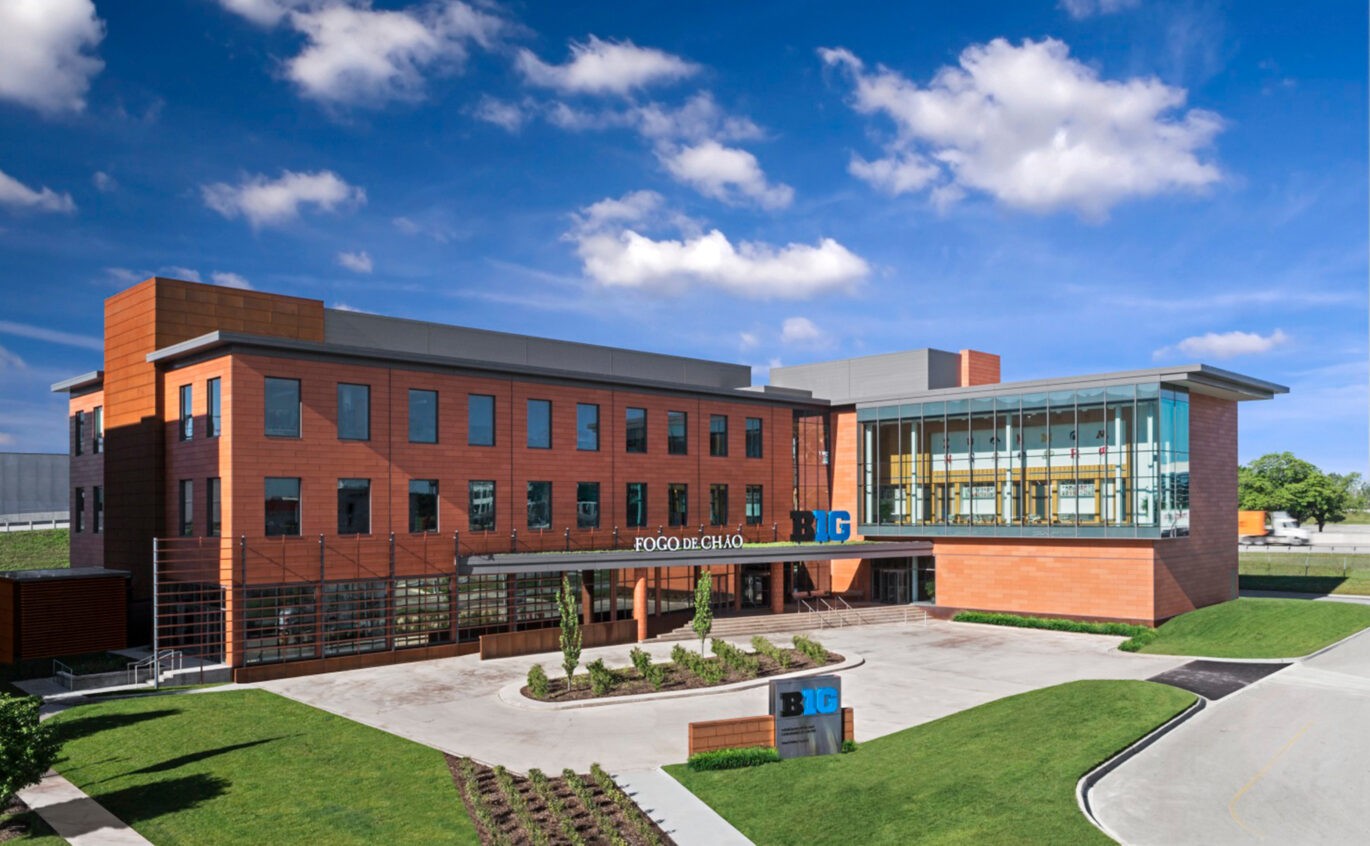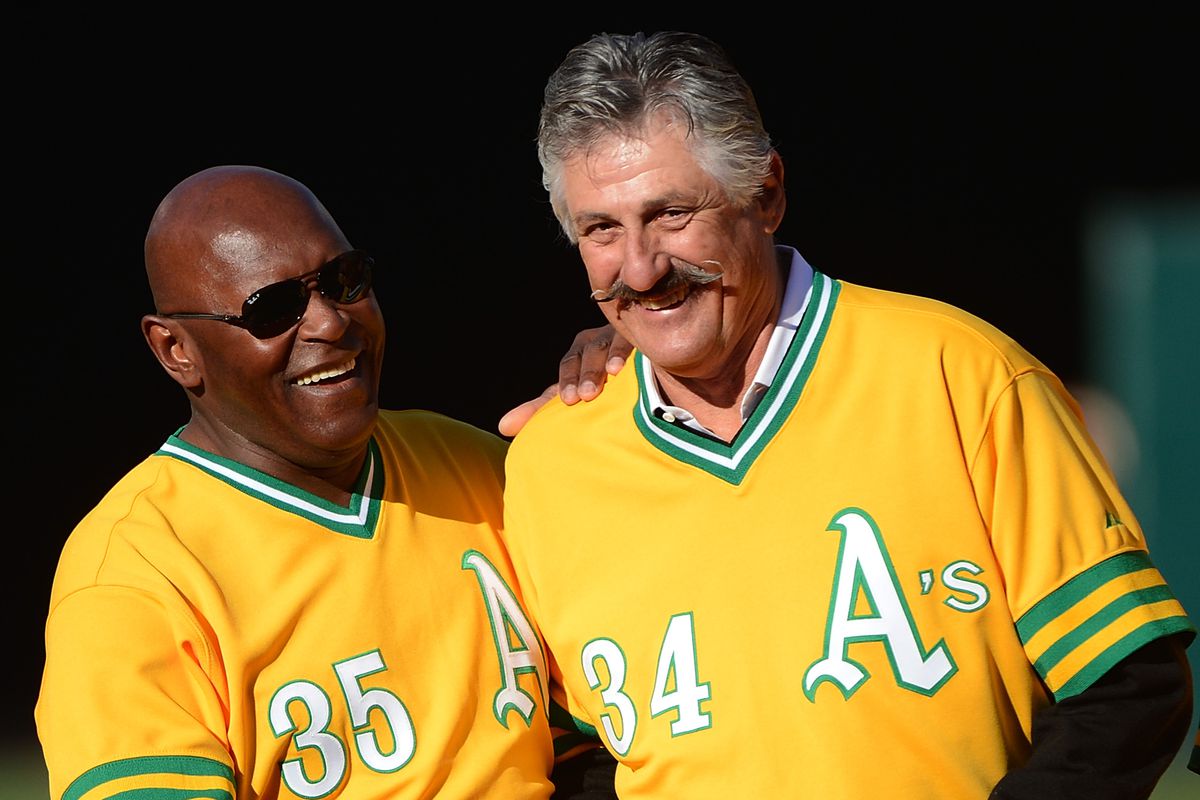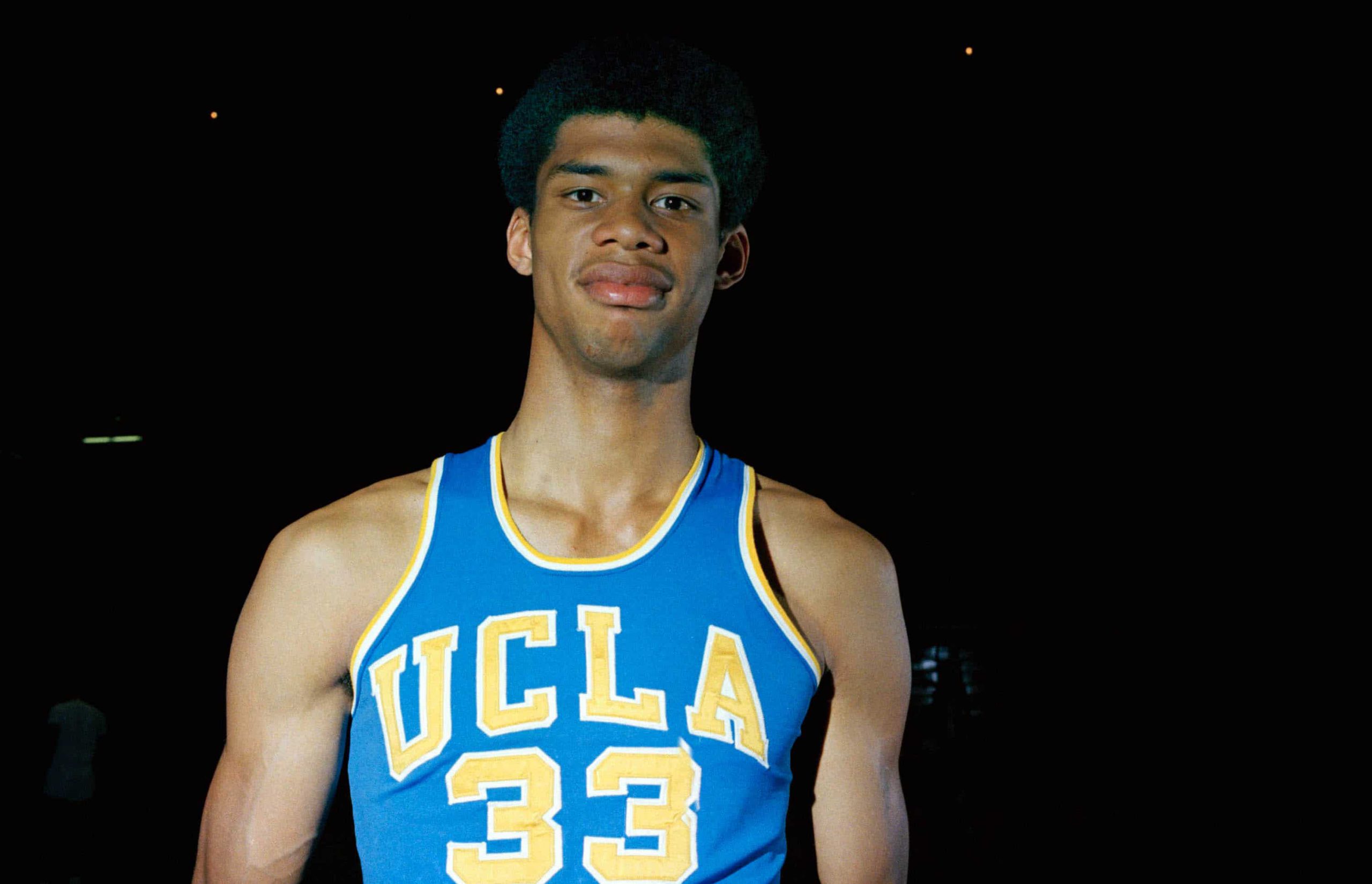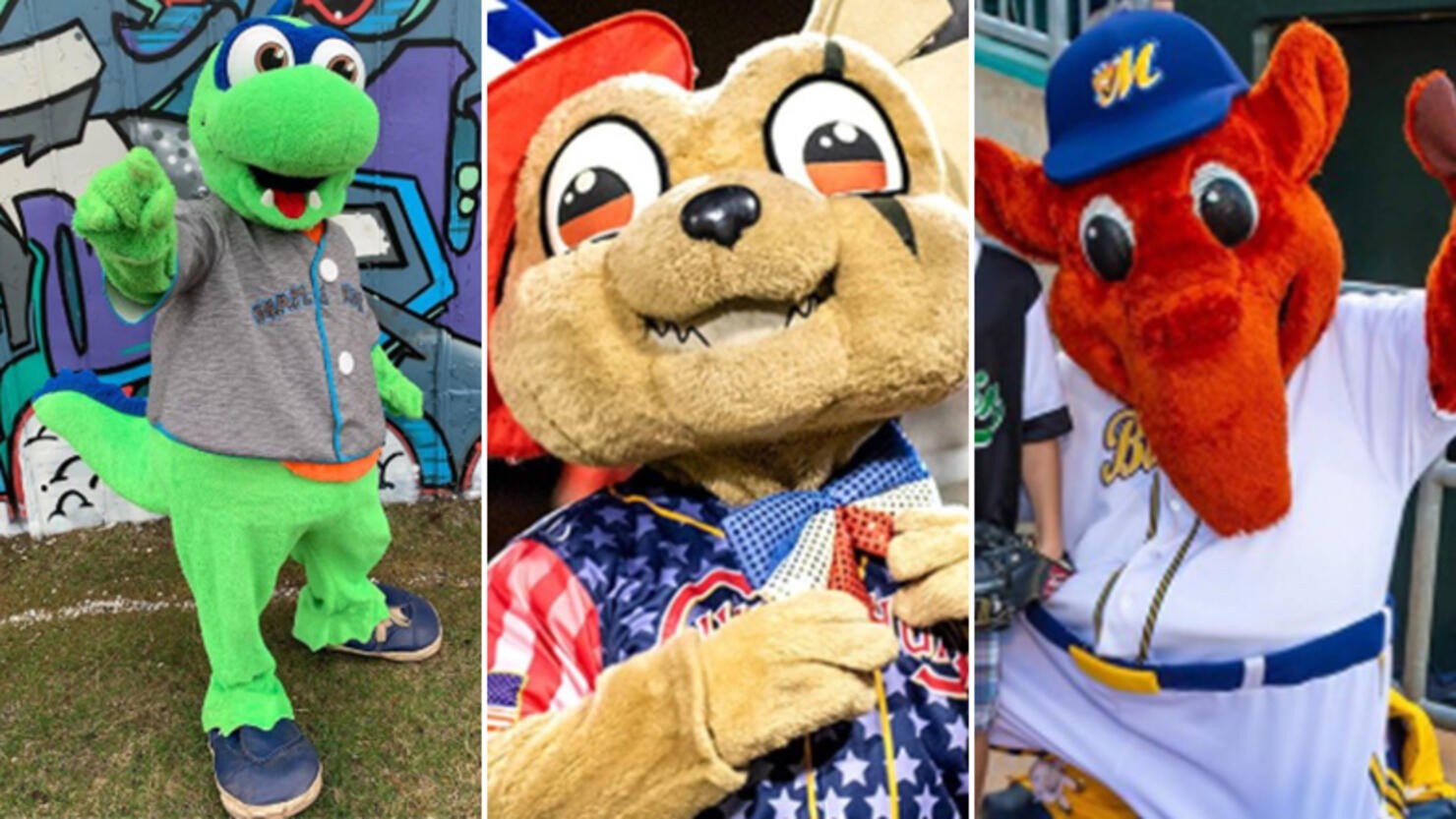The University of California system has ten campuses located throughout the Golden State. Each of the schools’ motto is “Let There Be Light.” While many of the organization’s sports teams have conventional nicknames like Bruins, Bears, and Aggies, four of UC’s member institutions have some of the most enlightened mascots in college athletics. Today we learn more about the Anteaters, Gauchos, Tritons and Banana Slugs.
UC-Irvine is located in the heart of Southern California’s Orange County. Founded in 1965, one of the student body’s first tasks was selecting a mascot. University administrators suggested Unicorns, Bison, Centaurs and Toros. Unimpressed with any of those recommendations, water polo players Pat Glasgow and Bob Ernst proposed the Anteater. As fans of the comic strip BC, which featured an anteater who cried “ZOT!” when he ate ants, the long-nosed, bushy tailed mammal seemed a natural choice. On November 30, 1965, “Anteater” carried 56 percent of the student body vote to become the official mascot, finishing just ahead of “None of the Above” in the balloting. Original and slightly irrelevant, “Peter the Anteater” has now been UC-Irvine’s mascot for over half a century. Fans are known as ‘Eater Nation and its most enthusiastic members are part of the Antourage. With over 25,000 undergraduate students, UCI competes in 18 men’s and women’s NCAA Division I sports as members of the Big West Conference. Alumni include comedian Jon Lovitz, diver Greg Louganis [Daily Dose, 1/29/16] and miler Steve Scott. The Anteaters have won 28 national championships in nine different sports and 53 Anteaters have competed in the Olympics. Peter the Anteater was crowned “Best of the Best” in Mashable’s Mascot Madness contest during the 2015 NCAA men’s basketball tournament and a small, stuffed Peter accompanied astronaut Tracy Caldwell on the space shuttle Endeavor mission STS-118 in August 2007.
Established in 1891 as a small, independent teacher’s college, Santa Barbara joined the renowned University of California system—one of the eight original “Public Ivies”–in 1944. Located in Goleta, eight miles north of Santa Barbara and 100 miles northwest of Los Angeles, UCSB boasts an undergraduate population of just over 20,000. The Gauchos offer 20 men’s and women’s Division I sports programs and have won national titles in men’s soccer and water polo. The mascot—a Gaucho named “Ole”—is fashioned after an Argentinian or Uruguayan version of the North American cowboy, who are renowned in the folklore and literature of those cultures. UCSB is the alma mater of legendary sailor/medical device salesman Steve Wyman, actors Michael Douglas and Gwyneth Paltrow, and musician Jack Johnson. Like its’ sister school in Irvine, UCSB competes in the Big West Conference. Gaucho is the name of the 1980 album by American jazz fusion band Steely Dan as well as the title of a 1927 silent film starring Douglas Fairbanks.
La Jolla is a tony community north of San Diego along the Pacific Ocean. Home of the Scripps Institute of Oceanography, the town also includes the campus of UC-San Diego. The seventh-oldest of the ten UC schools, UCSD was listed as “most selective” for college admission ratings in America by U.S. News & World Report in 2015. The school’s mascot is a Triton—called “King Triton”—and represents 23 varsity athletic teams that have historically competed in NCAA Division II. In May 2016, the student body voted to accept a tuition increase so UCSD could move to Division I, where fencing and men’s water polo have already been competing. Triton is a mythical Greek god, messenger of the sea, and son of Poseidon and Amphitrite, god and goddess of the sea. Triton comes from the Latin word tri for “three” and dentes for “teeth.” He carries a trident—a three-pronged spear—and his special attribute was a twisted conch shell, which he blew like a trumpet to calm or raise the ocean’s waves. UCSD has 26,500 undergraduates on its La Jolla campus. The Tritons’ club surf team is a perennial powerhouse, having won six national titles.
Just over 16,000 undergraduate students attend UC-Santa Cruz, a beautiful campus located 75 miles south of San Francisco along the Pacific Ocean overlooking the Monterey Bay. Founded in 1965, UCSC competes in Division III athletics as an independent, but faces severe funding challenges. In 2006, the men’s water polo team won the national championship. Two years later, the program was eliminated due to budget cuts. As recently as 1974, UCSC had no formal sports teams and no mascot. The school’s club soccer team chose Banana Slugs as its mascot before entering an All-Cal tournament and the name received coverage in the San Jose Mercury News. Several years later, as the club basketball team expanded, UCSC’s athletics director informed them that the chosen mascot was Sea Lions. The name was rejected and no mascot was used; the players on the team merely wore “UCSC” across the front of their uniforms. In 1986, UC-Santa Cruz students voted via referendum to declare the Banana Slug—Ariolimax dolichophallus—the official school mascot. Arguing that only athletes should choose the mascot, UCSC’s chancellor refused to honor the student vote. When a poll of athletes agreed with the students, the chancellor relented and “Sammy the Slug” became the mascot. The Banana Slugs compete in 15 varsity sports and have won six men’s tennis team championships. Following the vote in 1986, People magazine ran a full-page feature on the selection of the Banana Slug as the official UCSC mascot. In 2008, ESPN Travel named it one of the ten best nicknames in college basketball, while Sammy and the school logo is featured on Vincent Vega’s tee-shirt in the 1994 film, Pulp Fiction.









